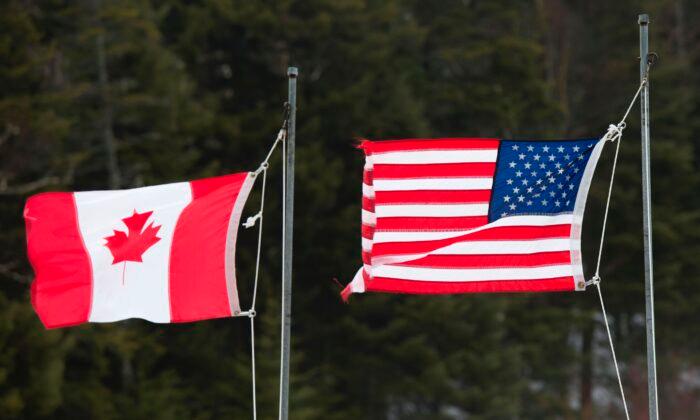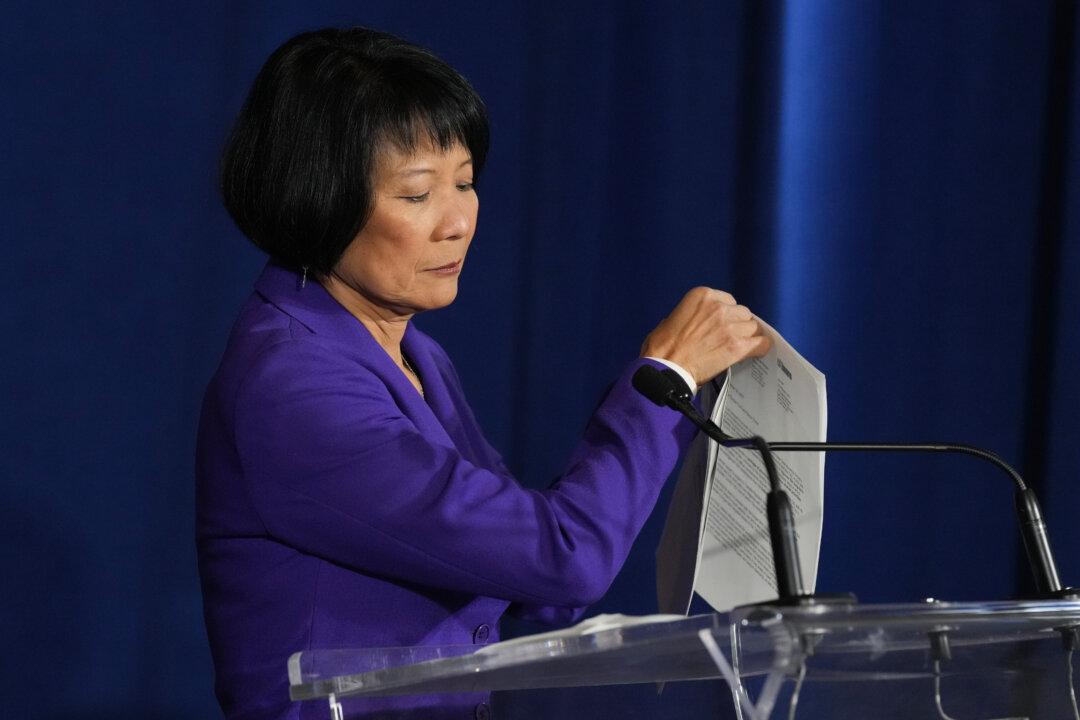Evacuation orders have been issued for more than 5,000 people in British Columbia and Manitoba as wildfires continue to rage near northern communities in both provinces on May 13.
Roughly 90 fires are burning across the country, including more than 30 classified as out of control, according to the Canadian Interagency Forest Fire Centre, but only two fires have sparked evacuation orders so far.
Both the wildfire near Fort Nelson, B.C., and the blaze near Cranberry Portage, Man., have come dangerously close to both small communities, sparking fears of loss of homes and businesses.
British Columbia
The B.C. government issued an updated evacuation order May 13 for both Fort Nelson and the Fort Nelson First Nation as a wildfire burning close to both communities continues to escalate.The nearby Parker Lake wildfire has grown to more than 50 square kilometres in size, steadily encroaching on the community of nearly 5,400 residents. As of 10 a.m. EST, the fire was only 1.5 kilometres from the town.
Emergency Preparedness Minister Bowinn Ma said 4,700 people living in Fort Nelson and the Fort Nelson First Nation have left so far, but added that some have opted to stay behind.
“I really want to emphasize that I know it is not easy to leave,” Ms. Ma told a May 13 press conference. “But at the same time, we need people to be safe.”
Rob Fraser, mayor of the Northern Rockies Regional Municipality based in Fort Nelson, said fewer than 100 households remain occupied.
Mr. Fraser is urging anyone who defied the order to leave immediately, saying local resources such as water pressure and electricity may diminish or stop outright for public use since much of the supply will be directed to support firefighters trying to suppress the wildfire.
Ms. Ma is also imploring all remaining residents to heed the evacuation order, adding that the wind speed is expected to increase over the coming hours and days.
Dry conditions and westerly winds continue to create “extremely challenging conditions” for crews battling the blaze, Ms. Ma said.
“We know that drought conditions have persisted,” she said. “This has made the hills in the area extremely dry with no precipitation, no major precipitation in the forecast ahead. And with winds that can pick up at any time—let’s just say we are extremely concerned.”
The evacuation order was issued May 9 after the wind blew a tree down onto a power line, igniting the Parker Lake fire just nine kilometres west of the community.
Evacuees are sheltering either in Fort St. John, approximately 380 kilometres away, or in Prince George, another 440 kilometre drive to the south.
The ferocity of the wildfire, made worse by years of drought and a below-normal snowpack this past winter, forced crews to relocate “to ensure the safety of all responders on the Parker Lake wildfire,” he said.
Although wildfire season typically runs from early April to late October, Ms. Ma said having such a serious occurrence so early in the season is “extremely uncommon.”
Manitoba
Extreme fire behaviour caused by drought conditions and high winds has necessitated the evacuation of Cranberry Portage, a small community located in the northern part of the province.The fire, which was first detected last week near Flin Flon by the Manitoba-Saskatchewan border, was thought to be caused by lightning strikes, the fire bulletin said. It is currently more than 78,000 acres in size.

Regional municipal emergency coordinator Lori Forbes told 680 CJOB that the only people left in the community are the wildfire crews.
She described the evacuation as “insane,” adding that it was “absolute terror” for the people forced to flee their homes.
Ms. Forbes, who is also in The Pas, said the evacuees can “definitely smell fire” throughout the community.
The wildfire has yet to pose a threat to Flin Flon, but it has cut cell phone service and internet access to the town of roughly 5,000.
Alberta
The Alberta government expanded its evacuation alerts May 13 to include a new community to the growing number of towns being told to be ready to leave at a moment’s notice.As fire crews battle flames being spread by strong winds in the northern part of the province, the Municipal District of Greenview has been added to the list of potential evacuation communities that also includes Fort McMurray, Saprae Creek, Anzac, Fort McMurray First Nation #468, Gregoire Lake Estates, and Rickards Landing Industrial Park.
The wildfire remains roughly 16 kilometres southwest of Fort McMurray and is slightly more than 16,000 acres in size, according to a Regional Municipality of Wood Buffalo alert.
Firefighting efforts include six crews working to establish a containment line, with the support of 13 helicopters, the municipal alert said. Night vision equipped helicopters continued working overnight and into the early morning hours May 13 to drop water on the fire with buckets.







